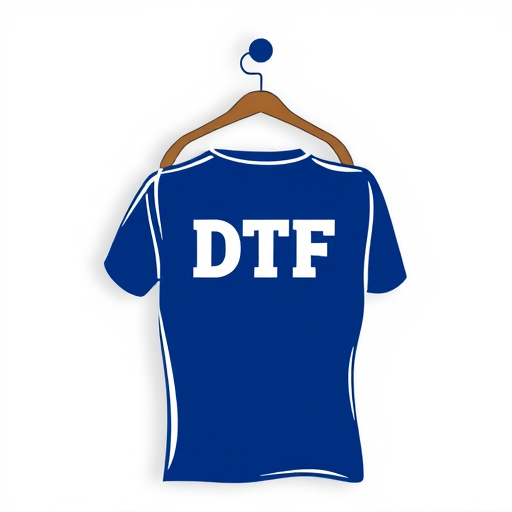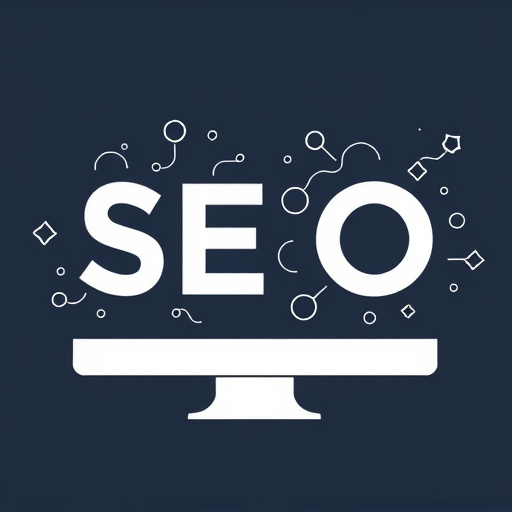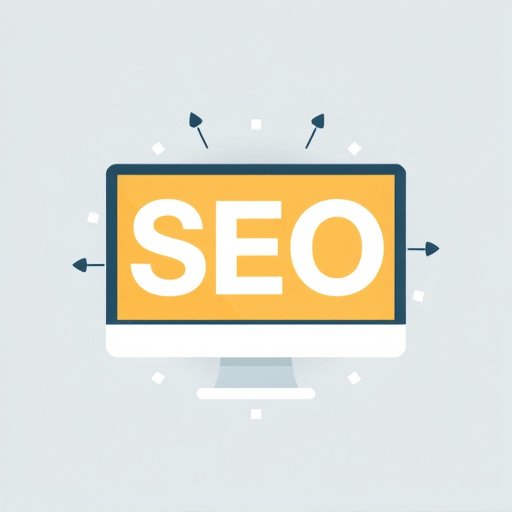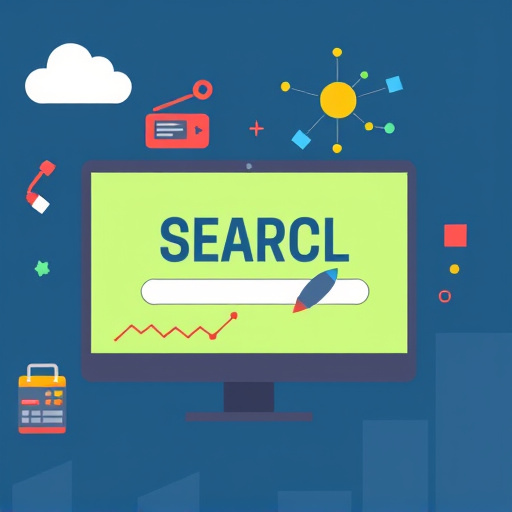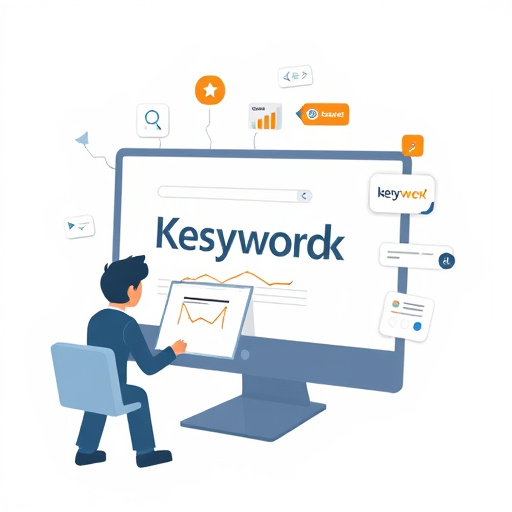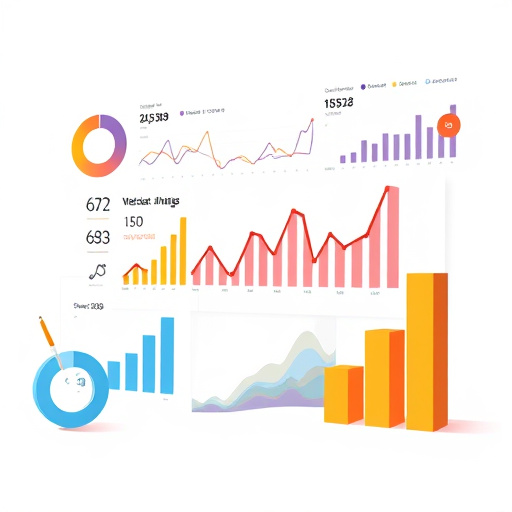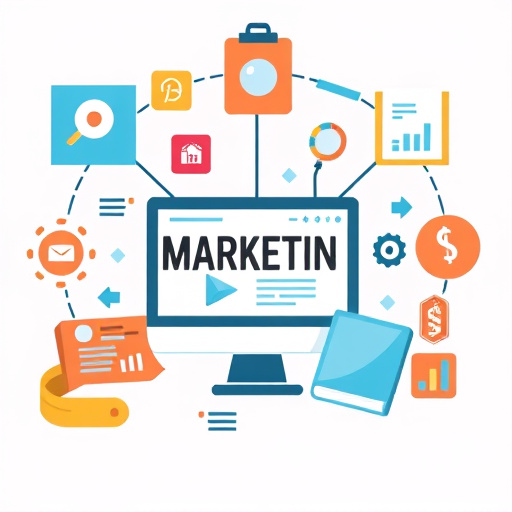In today's digital landscape, website speed optimization is crucial for local businesses in Dallas aiming to succeed in e-commerce. By employing SEO consultants and implementing strategies like caching, image compression, CDN integration, regular audits, and link building, businesses can enhance user experience, improve search engine rankings, and ultimately drive sales. Regular CMS updates, content delivery networks, responsive design, and tools like Google PageSpeed Insights are key components of maintaining optimal website speed. Engaging a web design company in Dallas can further optimize e-commerce platforms, attracting more traffic and boosting online success.
In the fast-paced world of e-commerce, every second counts. Website speed directly impacts transaction speeds, influencing customer satisfaction and sales volume. This article explores how website speed optimization can facilitate quicker online purchases, enhancing user experiences and business growth. We delve into key techniques, from compressing media to leveraging cloud services, offering a comprehensive guide for merchants. Additionally, best practices are outlined to ensure sustained performance improvements over time.
- Understanding the Impact of Website Speed on E-commerce Transactions
- Techniques for Optimizing Load Times: A Comprehensive Guide
- Best Practices to Sustain and Improve Website Performance Over Time
Understanding the Impact of Website Speed on E-commerce Transactions
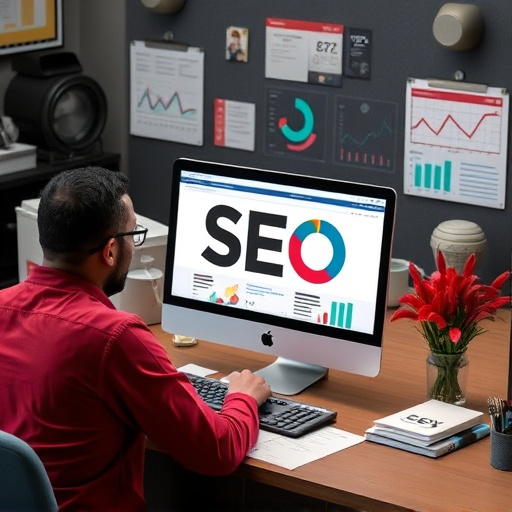
In today’s fast-paced digital landscape, website speed optimization is a critical component that significantly influences e-commerce transactions. Every fraction of a second counts when it comes to retaining customers and converting them into buyers. Studies consistently show that even a slow-loading website can lead to higher bounce rates, with users more likely to abandon their carts if the site takes too long to render. This has profound implications for online businesses, as fast load times are directly tied to improved customer satisfaction and increased sales.
For local businesses looking to expand their online presence through digital marketing in Dallas or seeking effective local business online marketing strategies, prioritizing website speed optimization is essential. Engaging the services of a qualified SEO consultant near me can help fine-tune site performance by identifying bottlenecks, implementing caching mechanisms, optimizing image sizes, and leveraging content delivery networks (CDNs). These strategies not only enhance user experience but also contribute to better search engine rankings, making it easier for potential customers to find and engage with the business online.
Techniques for Optimizing Load Times: A Comprehensive Guide
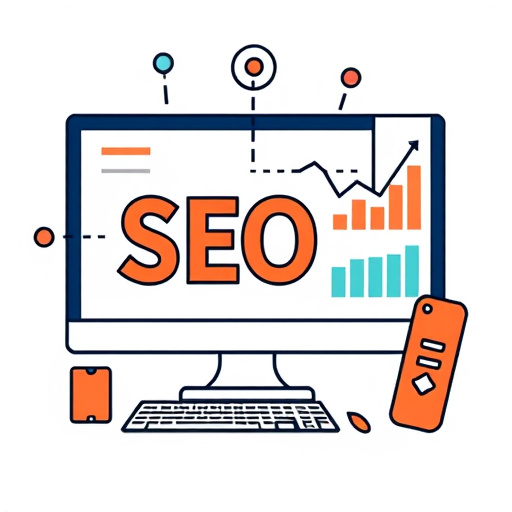
Optimizing load times is a critical aspect of enhancing e-commerce website speed, ensuring a seamless user experience and ultimately driving conversions. There are several proven techniques to achieve this goal. One effective strategy involves image compression and optimization. Large, uncompressed images significantly slow down page loading times, so using tools to reduce their file size without compromising quality can make a notable difference. Additionally, leveraging browser caching allows frequently accessed static resources to be stored locally on users’ devices, resulting in faster subsequent loads.
Implementing a Content Delivery Network (CDN) is another powerful method. CDNs distribute content across multiple servers globally, reducing the physical distance data needs to travel to reach users. This strategy, coupled with server-side optimizations like database indexing and efficient code caching, ensures that your website responds swiftly to user requests. Moreover, conducting regular SEO audit services can identify technical issues hindering speed, while local citation services and link building services play a role in external factors influencing website performance, contributing to an overall optimized e-commerce experience.
Best Practices to Sustain and Improve Website Performance Over Time
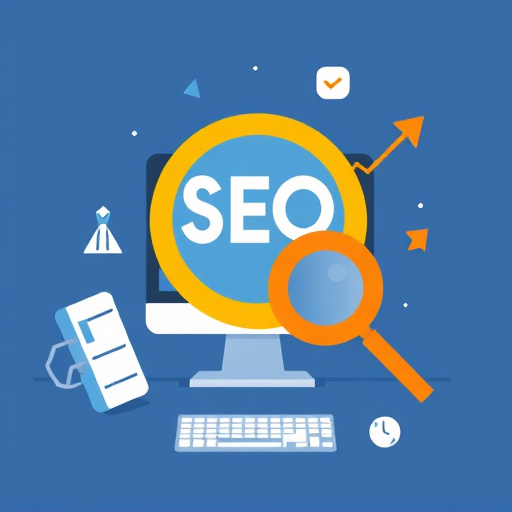
Maintaining optimal website speed is an ongoing process that requires consistent effort and strategic best practices. Regularly updating your content management system (CMS) to the latest version ensures security patches and often includes performance enhancements. Utilizing a content delivery network (CDN) distributes your site’s content across multiple servers, reducing load times significantly, especially for visitors located geographically distant from your primary server.
Additionally, implementing responsive design through mobile-friendly layouts ensures faster loading on various devices, which is crucial as many users now shop via smartphones. Optimizing images by compressing them without compromising quality reduces their file size, directly impacting page load speed. Regularly monitoring website performance using tools like Google PageSpeed Insights and GTmetrix allows for identifying areas of improvement, such as minimizing HTTP requests, leveraging browser caching, and optimizing JavaScript and CSS code, ultimately contributing to a better user experience and improved search engine rankings (a factor influenced by website speed, according to SEO consultants near me). Engaging the services of a web design company in Dallas can also provide expert guidance tailored to your e-commerce platform’s unique needs to drive increased website traffic.
By implementing effective website speed optimization techniques, e-commerce businesses can significantly enhance their online performance. Faster load times not only improve user experience but also drive conversions and boost sales. Through a combination of strategic strategies discussed in this article, retailers can ensure their websites remain agile, secure competitive advantages, and thrive in the dynamic digital marketplace.




